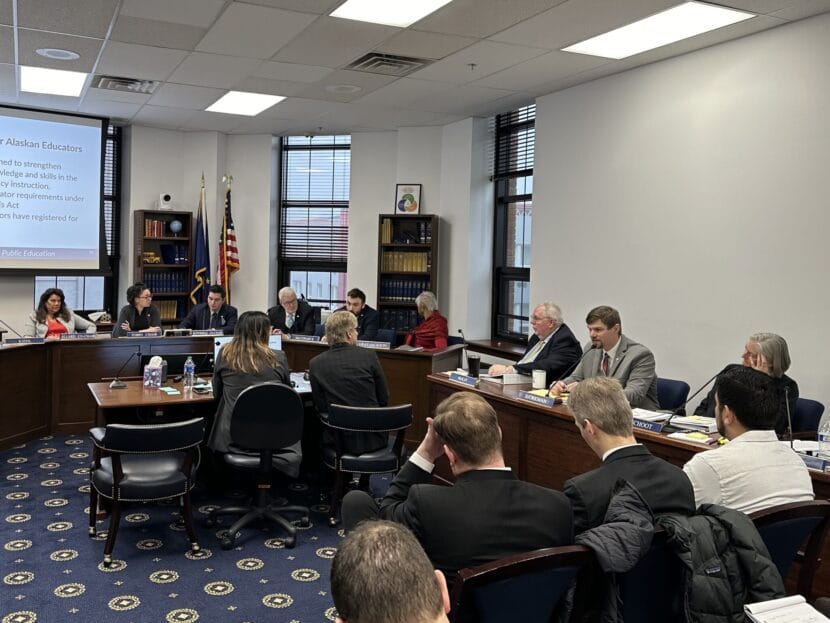
Alaska school districts are facing unprecedented challenges in hiring and turnover, school administrators told lawmakers on Monday.
“We are struggling in the worst crisis Alaska has ever seen in terms of turnover. We can’t recruit teachers,” said Lisa Parady, who leads the Alaska Council of School Administrators. “Fundamentally, that’s very important to high-quality instruction.”
The comments came during a two-hour presentation before the House and Senate Education Committees featuring school and district officials from across Alaska.
According to data Parady presented to the committee, there were roughly 500 teacher vacancies across the state on the first day of school. That’s up 20% from a year ago.
The struggle in hiring has led some districts to turn outside the U.S. to fill teaching positions, Parady said.
“We are in such dire straits in terms of recruitment that we are in a position of needing to hire many foreign teachers. I have an example of one district that has 87 foreign teachers,” Parady said.
Alaska received 89 teachers through the J-1 program in 2022 and more than 100 in 2021. But J-1 teachers can only stay in the U.S. for three to five years, and district officials told lawmakers that teacher turnover often results in lower student performance.
Parady and her fellow administrators, including representatives from Haines, Bethel, Ketchikan and the Yukon-Koyukuk School District, said part of the solution to the teacher shortage is more funding.
Increases in salaries and benefits would make the state a more competitive destination in an increasingly tight market for teachers and school staff, Parady said. Though Alaska teachers once enjoyed a significant premium over wages in the Lower 48, the gap has narrowed in recent years.
Sen. Jesse Bjorkman, R-Nikiski, said districts need to do more to underline what might happen in real-world terms if lawmakers fail to boost per-student funding.
“It’s important that each district put on the record what’s at stake for education opportunities for kids,” he said after the hearing. “Those are the questions that we’re looking for answers for. We need to know what we’re investing in and what outcomes are going to be available for kids through those invested dollars.”
Gov. Mike Dunleavy, R-Alaska, did not include an increase in the base student allocation in his proposed budget and has threatened to veto a standalone bill that would raise it. He has instead pushed lawmakers to pass a package of education reforms.